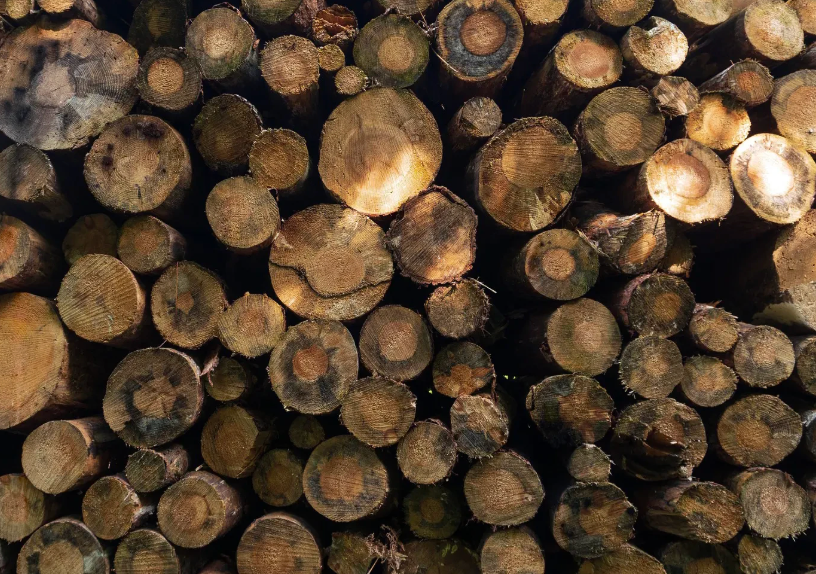Biotechnology in Forensic Studies
- Biotech Talk
- Apr 19, 2022
- 3 min read
By: Hannah Lee
The purpose of the study of forensics is to observe and analyze evidence from a crime scene in order to help investigate the occurrence. Forensic science has several disciplines such as forensic pathology, forensic chemistry, forensic molecular biology, and so on. The use of biotechnology plays a huge role in forensic investigations and also enhances accuracy of many forensic tests. For example, special DNA strands are often used to identify the perpetrator of a crime.
Methods and Technology
STRs
STRs, or short tandem repeats, are repeated units of two- to five-nucleotide sequences in specific regions of the genome. People will often differ in the number of repeating units they have for a particular STR. For example, one person may have a specific nucleotide pattern (the STR) repeated 12 times, while another has it repeated 10 times. Due to its common variability, STR lengths from the blood on a crime scene are often identified using PCR. Scientists are able to compare the STRs in the blood of the assailant to that of suspects. Usually about 13 STR markers are used, however the more STRs that are identified, the more reliable an individual's genetic profile is.
Mitochondrial DNA:
Also referred to as mtDNA, mitochondrial DNA is another common DNA sample that forensic scientists will collect from a scene to identify someone. Mitochondrial DNA are small pieces of DNA in a person’s mitochondria that is always inherited maternally. Due to maternal inheritance an individual’s mtDNA will be unique to others and relative’s DNA can also be compared to that of the one found at the crime scene. For example, a brother can be tested to see if they share the same mitochondrial DNA as the one found at the scene.
Microbiome DNA:
For a long time, postmortem interval (PMI) – the estimated time since death – has been hard to calculate and often broad. However, forensic scientists have recently been looking into microbiome communities after an individual's death. These microbiome communities start to change with their environment (the body) after death and thus act like a clock that starts from the time of death. It has been indicated that samples from gravesoil and skin data provided the most accurate PMI.
Application:
Analysis of Burnt Human Remains:
In cases of extreme fire impact, there is often little DNA left behind to analyze. Rather than collecting DNA from blood samples, scientists have found out that DNA can be extracted from bone. However bone collected must be well preserved or semi-burnt, if not, then the results are likely to be inaccurate. Through this method, DNA can be retrieved to identify the victims.
Identifying Victims of Mass Casualties:
Victims who have died from mass casualties can be identified by taking their DNA and comparing it to DNA in their own databases. For example, some STR’s or mtDNA can be identified from DNA samples taken at the scene.
Innocence Projects:
Innocence Projects have also utilized these new developments in identification to identify wrongly convicted people and find the real perpetrator of a crime. DNA that has been collected from past cases can be newly observed and compared to DNA databases. So far, the innocence project has helped to free over 200 people from wrongful convictions.
Sources:
“About.” Innocence Project, 21 Mar. 2022, https://innocenceproject.org/about/?gclid=CjwKCAjwo8-SBhAlEiwAopc9W9BeqHAzjLiCTjhdxAXbhGFtJpxhfrwWdYwi-WozVEHlWUSuC68TBBoCdwkQAvD_BwE.
Belk A;Xu ZZ;Carter DO;Lynne A;Bucheli S;Knight R;Metcalf JL; “Microbiome Data Accurately Predicts the Postmortem Interval Using Random Forest Regression Models.” Genes, U.S. National Library of Medicine, https://pubmed.ncbi.nlm.nih.gov/29462950/.
“Forensic Science.” The United States Department of Justice, 26 Nov. 2021, https://www.justice.gov/olp/forensic-science.
Reece, Jane B., and Neil A. Campbell. Campbell Biology. Benjamin Cummings, 2014.
Schwark T;Heinrich A;Preusse-Prange A;von Wurmb-Schwark N; “Reliable Genetic Identification of Burnt Human Remains.” Forensic Science International. Genetics, U.S. National Library of Medicine, https://pubmed.ncbi.nlm.nih.gov/20832378/#:~:text=In%20cases%20of%20extreme%20fire,to%20contamination%20with%20external%20DNA.
Schwark T;Heinrich A;Preusse-Prange A;von Wurmb-Schwark N; “Reliable Genetic Identification of Burnt Human Remains.” Forensic Science International. Genetics, U.S. National Library of Medicine, https://pubmed.ncbi.nlm.nih.gov/20832378/#:~:text=In%20cases%20of%20extreme%20fire,to%20contamination%20with%20external%20DNA.





Comments